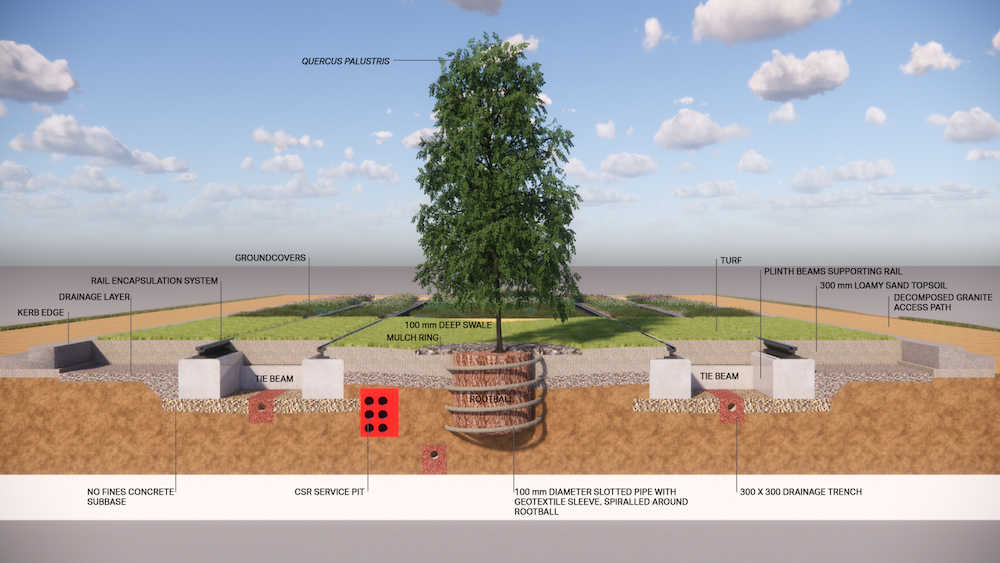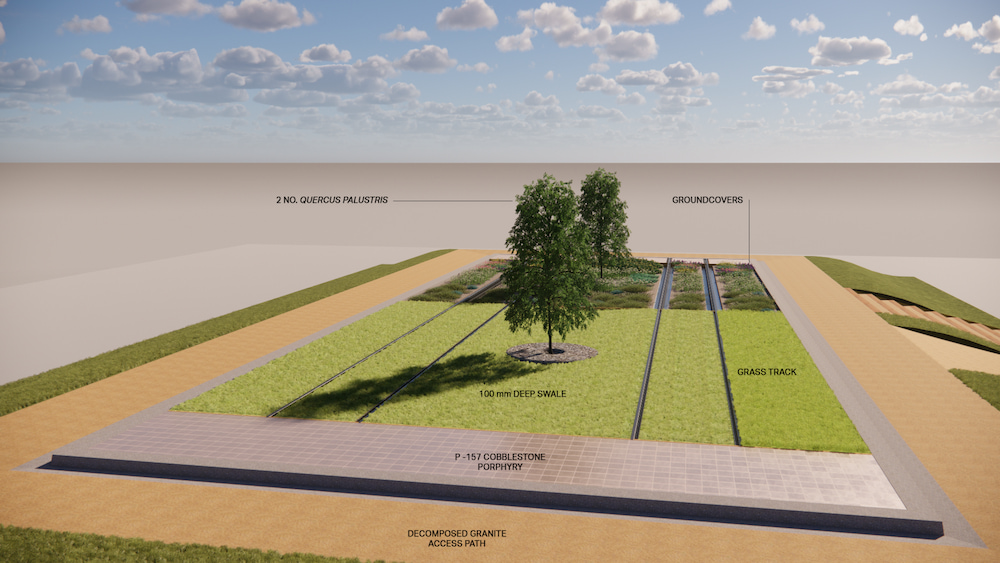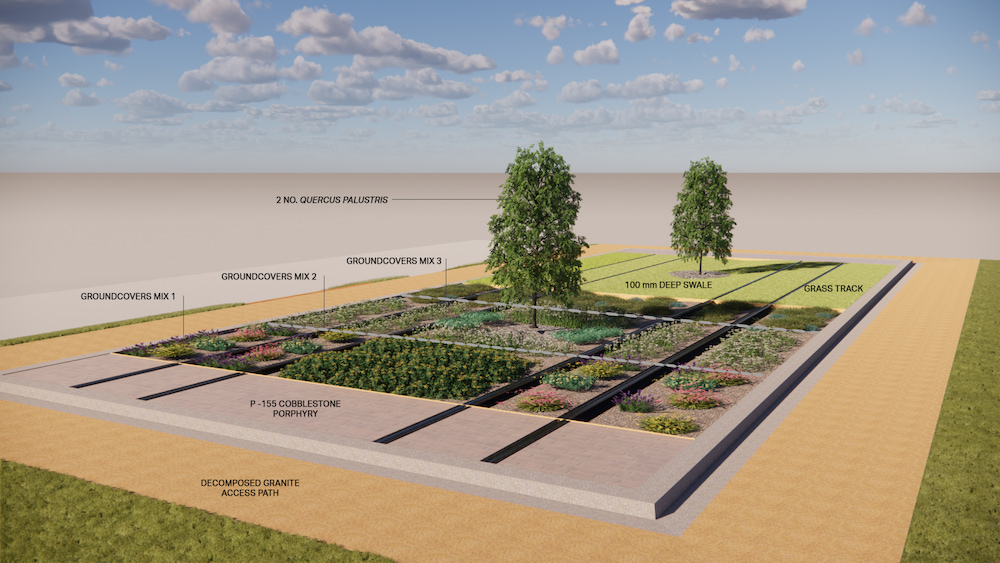The ACT Government is building a new type of light rail track made from grass and other low-lying plants as part of the City to Commonwealth Park project.
“Stage two of light rail is the biggest infrastructure project in the history of our city, and while we’re designing and building the new stages, we want to make sure we’re creating as many opportunities for green space along the alignment as possible,” said Chris Steel, ACT Minister for Transport and City Services.
“Green tracks are areas where the light rail line sits within a bed of specially selected grass or plants instead of concrete.
“They’re a really good solution to counter the urban heat island effect, reduce glare, absorb more rainwater, and contribute to noise reduction.”
The prototype will be tested and grown at the National Arboretum, and will include all the supporting infrastructure required to simulate the environment where the future light rail track slab will be in the city.

“To make sure we’re getting the best outcomes for our city, as part of this project we’ll test different turf mixes and irrigation systems by putting them through rigorous stress in different temperatures and soil types,” Mr Steel said.
The location is publicly accessible, just south of the Village Centre near Forest Drive at the Arboretum, so the community can preview the design before Light Rail Stage 2A construction begins.
The prototype will inform the final green track design, construction, and maintenance approach to be used on Light Rail Stage 2A.

On Northbourne Avenue, the final green track will be planted with a low-lying species, and form part of the overall landscape design of Northbourne Place.
Another green track will be on London Circuit in front of the Melbourne Building. The planting will be mirrored in the median in front of the Sydney Building, maintaining symmetry about the two heritage buildings.
It will also be featured on the Commonwealth Avenue median to maintain consistency along the avenue.
This process ensures the suitability of the selected grass, groundcover, and tree species will flourish in all four seasons of Canberra’s climate, Mr Steel said.
The 20-metre by 30-metre section will include sections of metal track and the infrastructure required to support light rail, such as concrete substructures and a vehicle location system.
Retaining walls and cobblestones will ensure the structural integrity of the prototype.
Work is expected to start in September and be finished in December. This will then be followed by a 12-month monitoring period.



